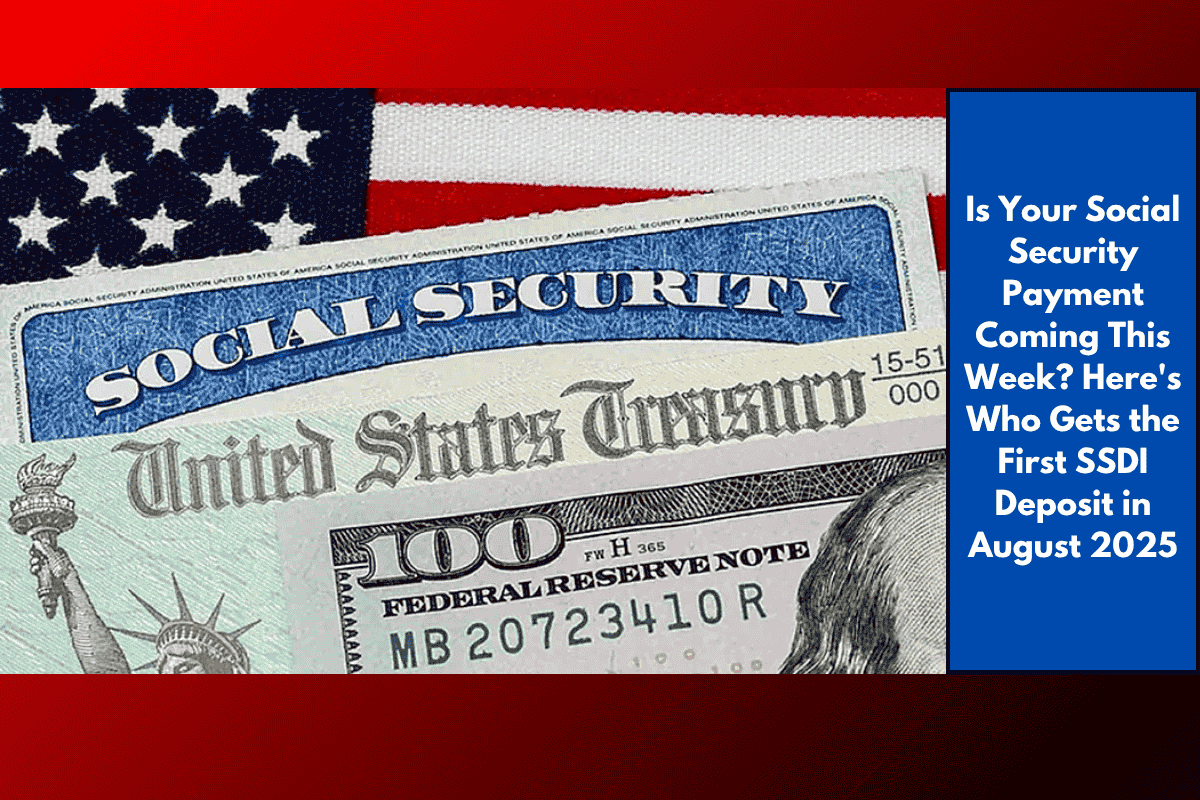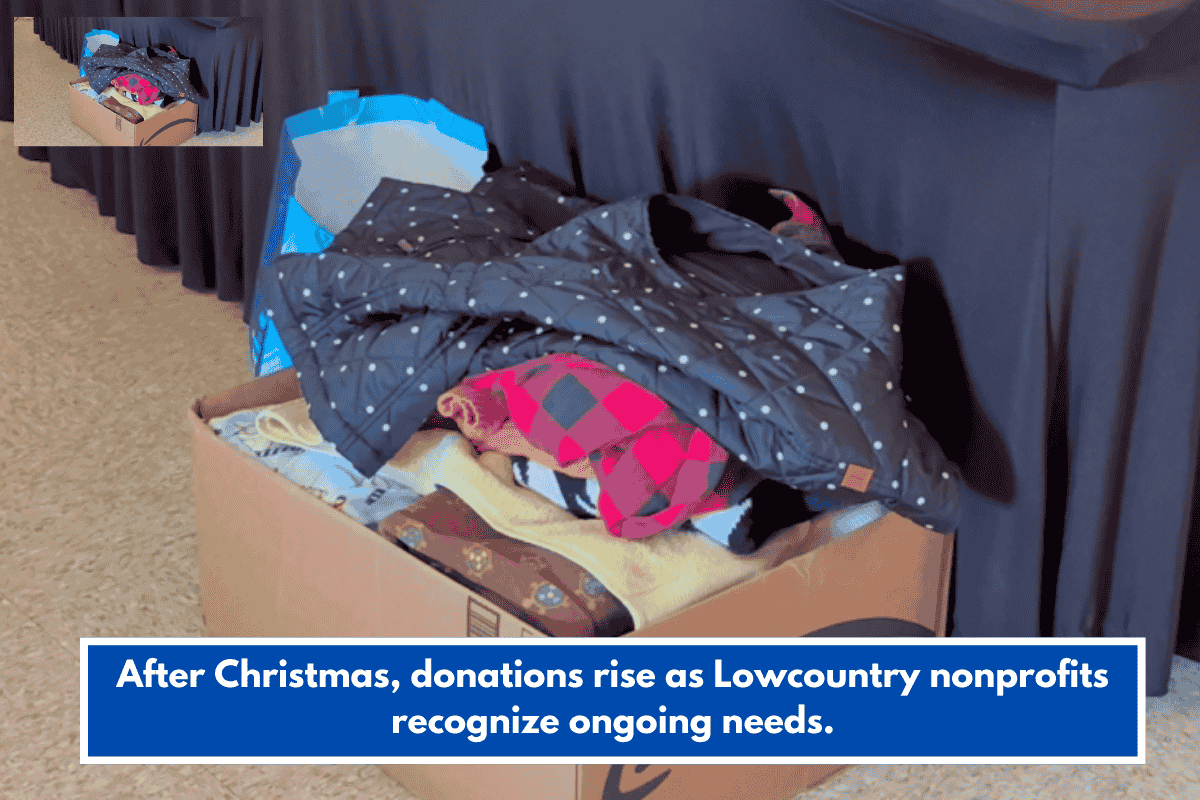The Social Security Administration (SSA) is distributing the final round of monthly benefits to beneficiaries across the United States this week. These payments are crucial for millions of Americans, providing essential financial support to retirees, people with disabilities, and survivors of deceased workers.
Why It Matters
Each month, the SSA issues benefits to over 70 million Americans, making sure those eligible for Social Security, Supplemental Security Income (SSI), and Social Security Disability Insurance (SSDI) continue to receive financial assistance. However, the SSA staggers payments due to the high number of beneficiaries, meaning that not everyone gets their payment on the same day.
What To Know
This week, on Wednesday, July 23, beneficiaries whose birthdays fall between the 21st and 31st of any month will receive their payments. These include individuals receiving:
Retirement benefits
Spousal benefits
Survivor benefits
How Much Is Social Security?
The amount a person receives from Social Security can vary based on factors like earnings history and the age at which benefits are claimed. As of May 2025, the average monthly benefit for a retired worker is $2,002.39.
Here’s a breakdown of the maximum possible benefits:
At age 70: $5,108 per month (maximum possible benefit)
At full retirement age (67): $4,018 per month
At age 62: $2,831 per month (if claiming early)
What Happens Next?
2025 has already seen significant changes for Social Security recipients, largely due to the ongoing federal reforms. Some of the key updates include:
Cost of Living Adjustment (COLA) for 2026
A 2.5% COLA increase is expected for 2026, giving beneficiaries a modest increase to help keep up with inflation.
Tax Break for Seniors
Under the One Big Beautiful Bill Act, seniors aged 65 and over will see a tax break, with the standard deduction rising by up to $6,000 between 2025 and 2028. This will benefit 88% of seniors receiving Social Security, who will no longer pay federal taxes on their benefits.
End of Paper Checks
By September 30, 2025, all federal disbursements—including Social Security, SSI, SSDI, vendor payments, and tax refunds—will be distributed electronically. This transition, mandated by an executive order from the Trump Administration, aims to improve efficiency and reduce fraud. Beneficiaries who still receive paper checks will need to prepare for this change.
With several important changes on the horizon, Social Security recipients can expect more updates in the coming years. For now, the SSA continues to provide essential financial support to millions, and beneficiaries should keep track of their payment schedules and upcoming adjustments.














